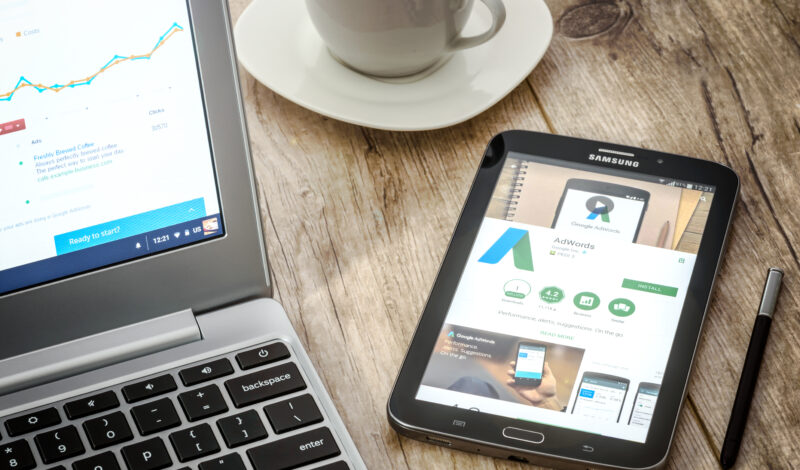Design thinking is a problem solving method that was first defined in the 1960s in United States. The purpose of this method is to create innovative solutions by stimulating creativity.
Design thinking is based primarily on focusing on the project, which is why it can be great for both a startup and a large company. The advantage of this solution is that it can engage in the design process people who have on a daily basis different professional experiences, and thanks to this, we achieve a view of the problem from different points.
A few words on design
Design Thinking is focusing on the project. The word “design” comes from the Latin designare, meaning to appoint. In its main sense, it is something that was created according to the assumptions of the project. Design is sometimes also used to define the project itself, the style or industrial productions. The term itself applies to many areas, objects, and categories. However, it always presupposes a conscious action of the creator. Today, at first we associate the word “design” with graphics, architects, furniture, etc. You can say that anyone can do design. The armchair on which we sit or the bed on which we sleep is designed so that we are comfortable, that we associate it well, it arouses emotions in us. Consequently, design is not only the appearance, but above all the impressions and feelings that accompany us.
DT in marketing must be a well-thought-out strategy. The product must reach a specific group, be designed with their beliefs, how they want to feel and be perceived.
How to use it?
You have to start by “putting yourself in user’s shoes”. We need to get to know his needs and analyze the path of using our product. To make thing short, you have to understand it inside out. Of course, you can do it in many ways, e.g. through surveys. The next step is to define the challenges posed by the user.
We have to draw conclusions, process the data and interpret it. Once we know who our user is, what challenges they face and what they expect, it’s time to move on. This is the moment for the proverbial brainstorming, minds’ exchange, mind maps, quick sketches.
Out of all the ideas, you need to choose the one we focus on that best suits our user. Here it is worth going to the next stage, which can be called building prototypes. You have to construct simple prototypes, e.g. landing. Once we are convinced of it, it must be subjected to the last phase – testing. See how our idea works in practice 🙂
Design thinking in 5 steps
Design Thinking is a very effective 5-step method. It combines creativity, emotional intelligence, analytical thinking and, above all, focus on people. You have to remember that the most important factor is the human one and it is with getting to know it everything begins. We present design thinking in 5 steps.
Step 1. Be compassionate
The designer puts people and their needs first. Therefore, the first step in this process is understanding the problem from the end user perspective. You are trying to understand how the consumer behaves and why, and what is important to him. Methods – observation and interview.
Step 2. Define
Thanks to the information gathered in the compassion phase, you have the tools to understand the real problem. At the stage of identification, discovered needs and ideas are placed in catalogs. Now we will clearly define the real problem.
Step 3. Find solutions
At this stage, the designer uses creativity to generate as many ideas as possible to solve the problem. The goal is not to find the “right answer”, but to create many possibilities and alternatives. Use four tools: brainstorming, mind mapping, drawing. There is no framework at this stage.
Step 4. Create a prototype
As designers learn on the go, they create prototypes and watch them work. This means you need to create a physical solution. One of the key elements of this stage is speed. The point is not to come up with something perfect, but to quickly test the idea. The purpose of this step is to get an idea before starting the creation process. If the prototype fails, we are able to minimize the losses.
Step 5. Test
Once you have a prototype, grab it and move to the real world. Feedback is important as the first prototypes can fail. Remember that you can use any failure as a lesson for the future.



